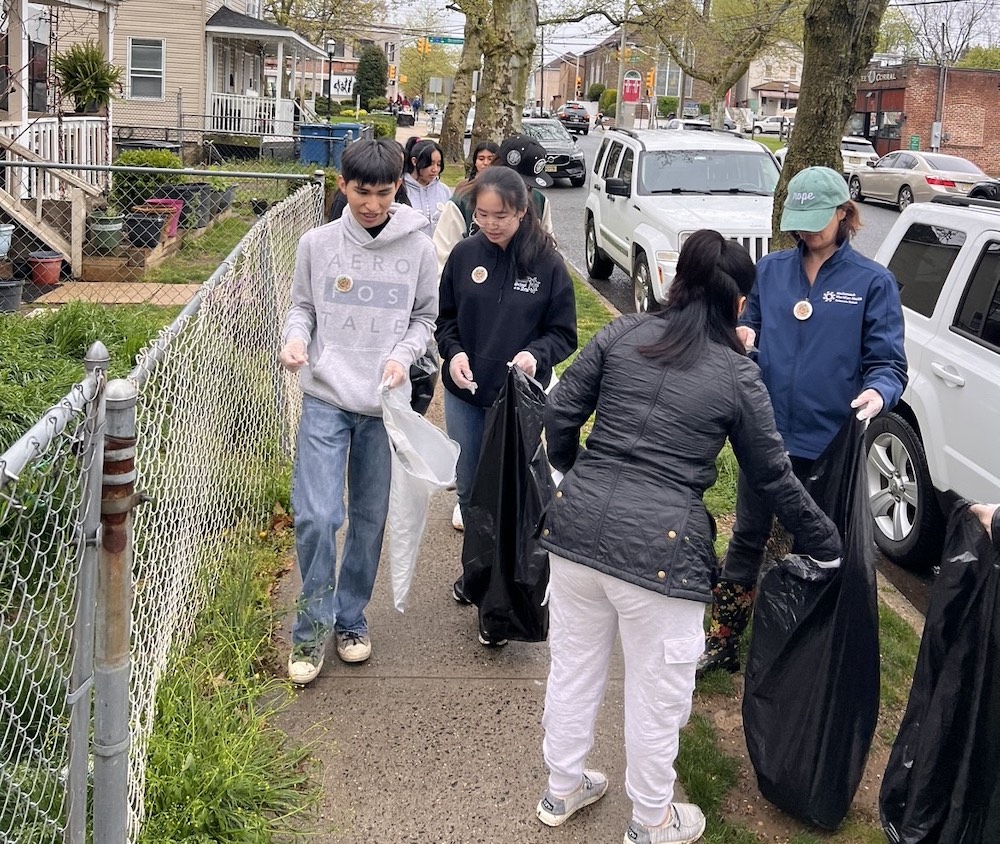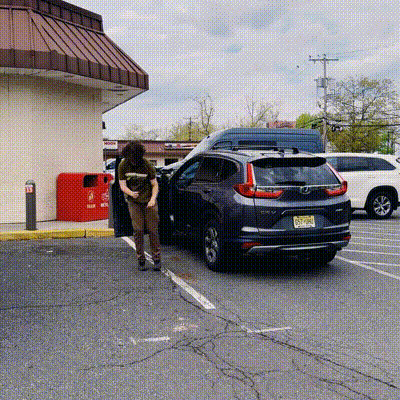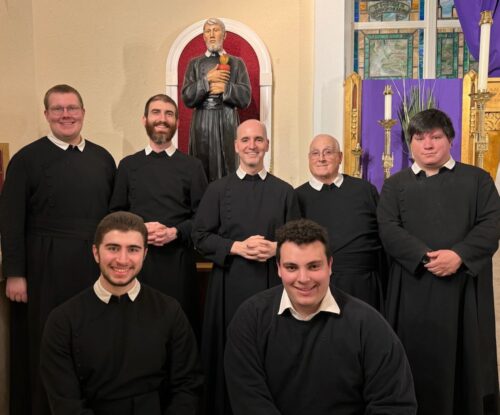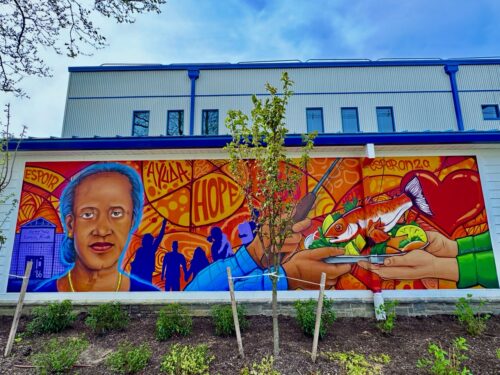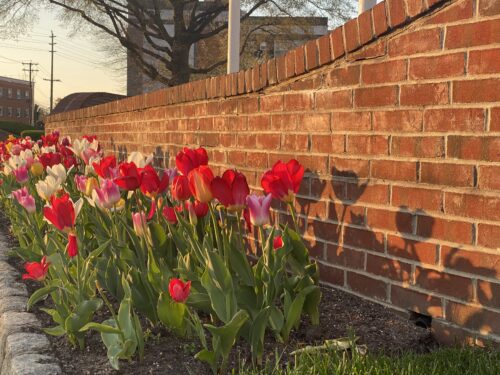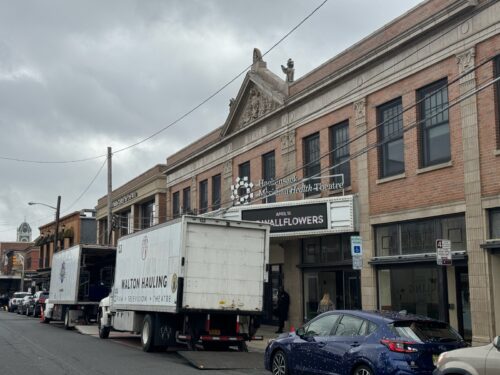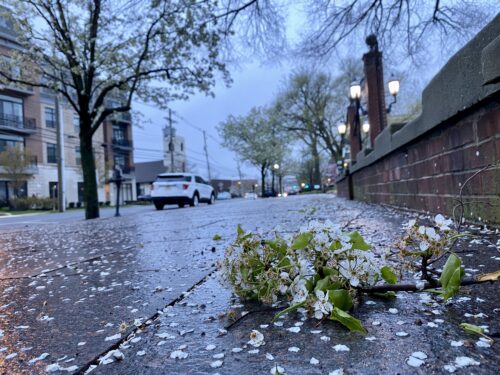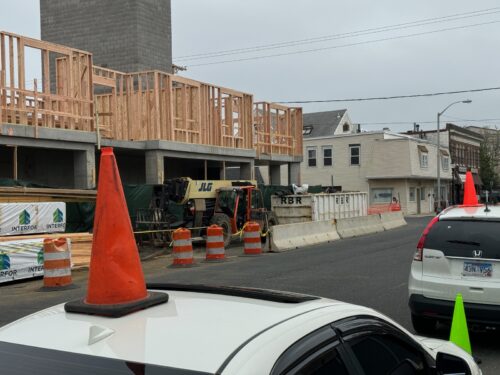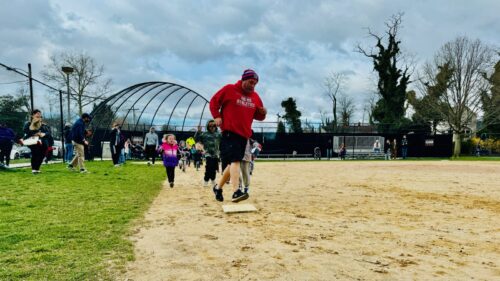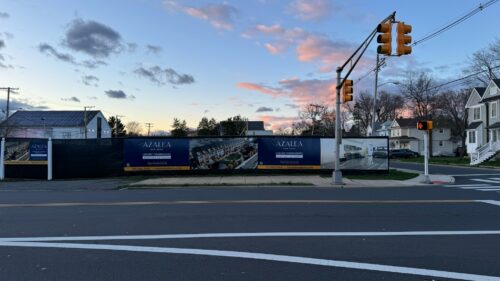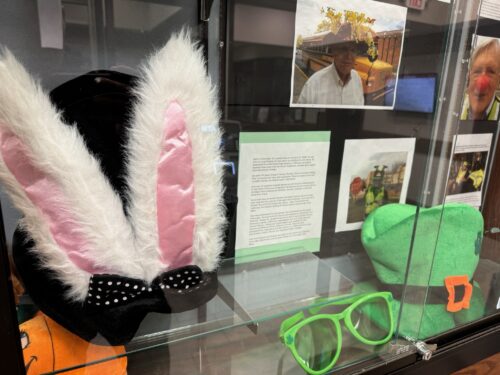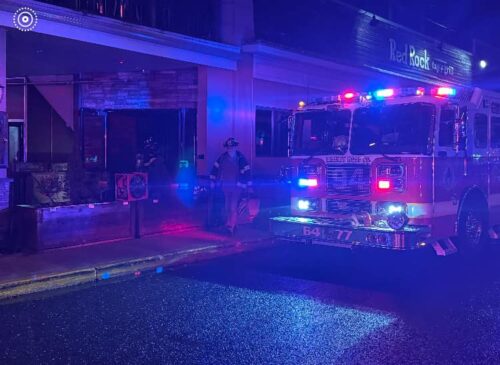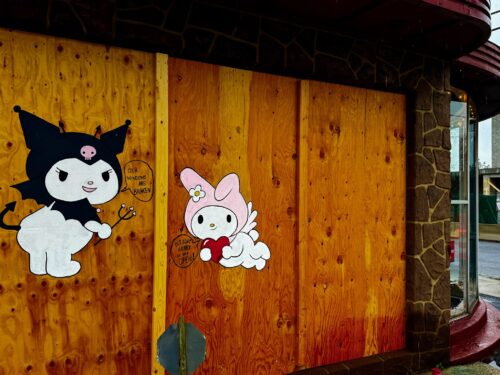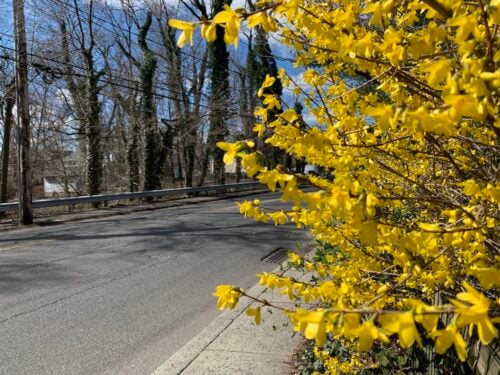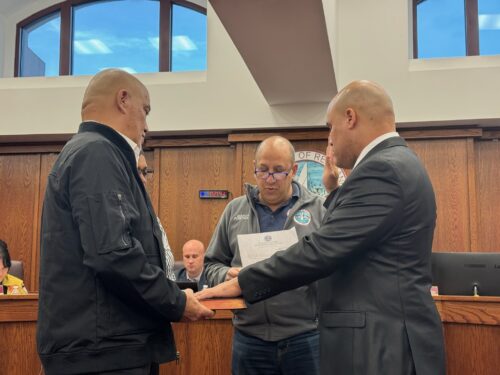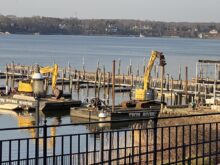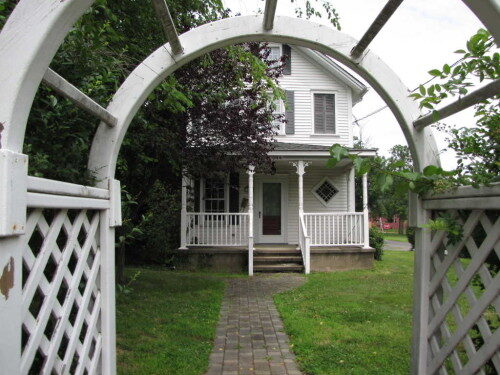
By JOHN T. WARD
Standing as it does next door to a farmhouse that traces its origins to the early 1700s, the so-called Benevedis house in Little Silver might strike passersby as a relic of American agricultural history, too.
Well, it is 112 years old, according to Monmouth County records. Otherwise, though, the borough-owned house at 221 Rumson Road appears to have no historic value, local officials say. It’s also now badly damaged as a result of a leak from a radiator that burst over the winter.
So in keeping with a plan contemplated when the town bought the property nine years ago, the house is coming down to make way for parking, with the reluctant endorsement of a preservationist.
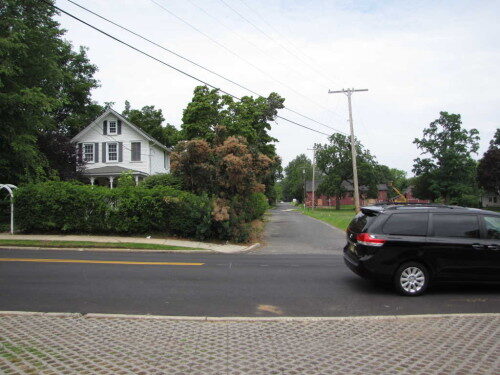
The house was built in 1903, according to Monmouth County property records. The borough bought the property in 2006 from Louis Benevedis for $448,845, but it was always anticipated that the house, like a companion house formerly on the site, would be razed, said Mayor Bob Neff.
“Apparently, the intention when we purchased that property, and that was before my time, was really to not use it particularly for the house but for the property,” he said. “There is often a parking issue there, and we’ve been concerned about it for some time, and this is probably the impetus” to address it.
For several years, the former contents of the Parker house were stored in the Benevedis house in about 100 boxes, said Keith Wells, a borough man active in Parker Homestead-1665 Inc., the not-for-profit organization responsible for the restoration and use of the National Historic Site next door.
At some point in February, however, the heat in the Benevedis house kicked off, causing a second-floor radiator to freeze and burst, said Wells.
When volunteers next went to the house, “there was literally a waterfall through the ceiling onto the first floor,” Wells said. He estimated the water had been running for about five days.
The borough filed an insurance claim and had the structure treated for mold. Meantime, Parker Homestead volunteer Liz Hanson, who had been cataloging the contents of the stored boxes, worked to dry out their contents and salvage what she could.
In the process, she came across a cache of potentially valuable baseball cards, as reported last month by redbankgreen.
But repairing the house, which was never really in the cards in the first place, is now unthinkable because of the potential expense, Neff said at a workshop session of the council last week. Sometime in the next two months, he expects the council to seek bids for the demolition work, he told redbankgreen.
Wells said the Parker Homestead group won’t stand in the way.
“I’m a preservationist. The last thing I ever want to do is tear anything down and put up a parking lot,” said Wells. “I’m not saying I’m in favor of it. But I’m not opposed to it.”
The house has “no real historic value to it,” said Wells. “It’s not that old. And you need to build a little practicality into it: we need more parking,” for the playing fields as well as for the newly opened community garden and the Parker Homestead itself, he said.
Neff said that as part of the plan to add parking, the borough may close the curving western roadway into the park and turn the narrow, one-way eastern portion, known as Harrison Avenue, into a two-way.


